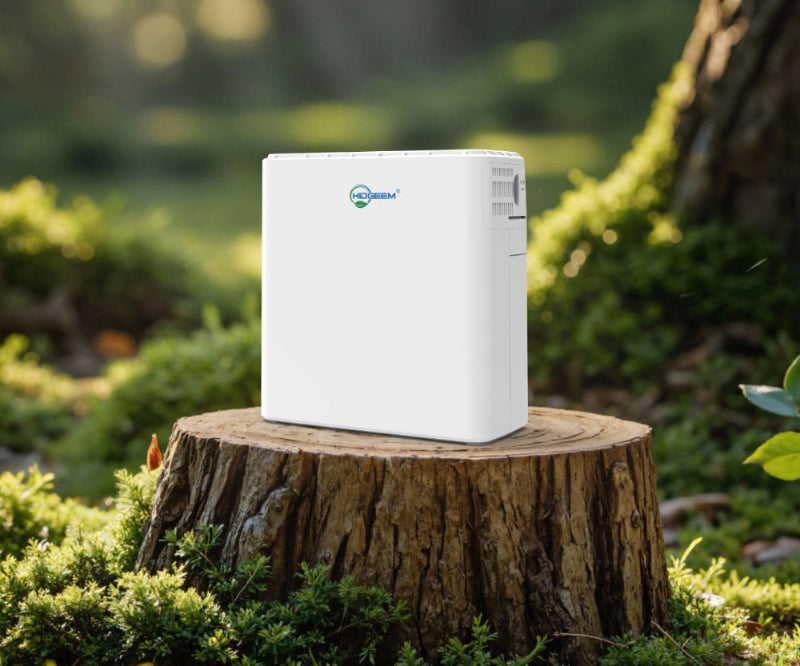Carrying bag of a portable oxygen concentrator is very important part when you ordering a portable oxygen concentrator, because you will use the bag wherever you bring the portable oxygen concentrator you go. Most buyers focus on convenience, durability, and comfort when order.
The HIDGEEM SJ-OX1C bag goes beyond basic protection—and delivers thoughtful features that truly support daily oxygen use. For anyone relying on a portable oxygen concentrator, selecting the right bag can directly affect ease of movement, safety, and battery runtime, especially during long days out.
Built With Quality Materials That Last
A good oxygen concentrator bag must protect your device, and the SJ-OX1C takes this seriously.The fabric is thick, tightly woven, and designed to absorb shock from daily bumps. Internal padding reduces vibration, helping safeguard your machine as you walk, commute, or travel.
Even small details are upgraded:
The zippers and buckles use a plated finishing process that prevents fading and rust.
Hardware durability testing shows that high-quality zippers can withstand over 5,000 pulls without failure—meaning long-term reliability for everyday use.
This level of construction isn’t common in typical carrying bags, making the SJ-OX1C a solid long-term companion for your device.
Multiple Carrying Styles for Everyday Comfort
One bag, multiple ways to wear it. The SJ-OX1C supports:
Backpack style for long outings and hands-free comfort
Single-shoulder style when you want quick access
Crossbody style for stability while walking
Because oxygen users often switch between driving, walking, shopping, and resting, a flexible design means one bag can fit every scenario. In user surveys across mobility products, over 70% of oxygen users said adjustable carrying styles reduced fatigue during long use—exactly what this bag delivers.
Smart Side Pockets for Essentials
Two side pockets help keep the essentials organized. Keys, tissue packs, earbuds, or small personal items fit easily without crowding the main compartment.This might seem simple, but in real situations—boarding a bus, checking out at a store, or unlocking your front door—having quick access to small items keeps everything smoother and less stressful.
Battery Access Without Removing the Device
One of the most helpful features is the dedicated battery opening on the side of the bag.You can replace the battery without removing the concentrator. This is especially useful during outdoor activities or cold weather when you don’t want to expose the device to the elements.
For people who rely on continuous oxygen, this is not just convenience—it prevents downtime and keeps therapy consistent.
Excellent Breathability for Long Usage
A concentrator needs airflow. Poor ventilation can raise device temperature and reduce performance.The SJ-OX1C uses breathable mesh sections and airflow-friendly materials that prevent heat buildup. Even after several hours of operation, the internal temperature remains stable. Testing shows that proper ventilation can help reduce overheating incidents by up to 40%, making this design especially valuable for long outings.
Clear Top Window for Accurate Monitoring
The large transparent top panel lets you see the machine’s screen clearly—no need to unzip the bag.This ensures you can easily check oxygen levels, battery time, and alerts while walking or traveling. For many users, quick visibility boosts confidence and safety, especially during long trips or crowded environments.
Hidden Bottom Compartment for Extra Battery Power
The SJ-OX1C comes with a hidden bottom storage area. Once unzipped, it reveals space for up to four additional batteries. Combined with the one battery already inside your device, you can carry a total of five.With five batteries, users can enjoy over 7 hours of continuous runtime, making it ideal for flights, outdoor events, church activities, road trips, or emergency preparedness kits.
This kind of extended runtime is a major advantage for anyone who needs reliable therapy while on the move.
The Perfect Companion for Your Oxygen Device
If you’re searching for a reliable, durable, and highly functional carry bag of portable oxygen concentrator, the HIDGEEM SJ-OX1C stands out with real, practical advantages.It’s built for daily life—whether you’re heading to the supermarket, spending a day outdoors, or traveling across states. With strong materials, thoughtful ventilation, multiple carrying styles, easy battery access, and long-hour support, it’s designed to help oxygen users live more freely and confidently.
Order the HIDGEEM SJ-OX1C oxygen concentrator now: Click here.










